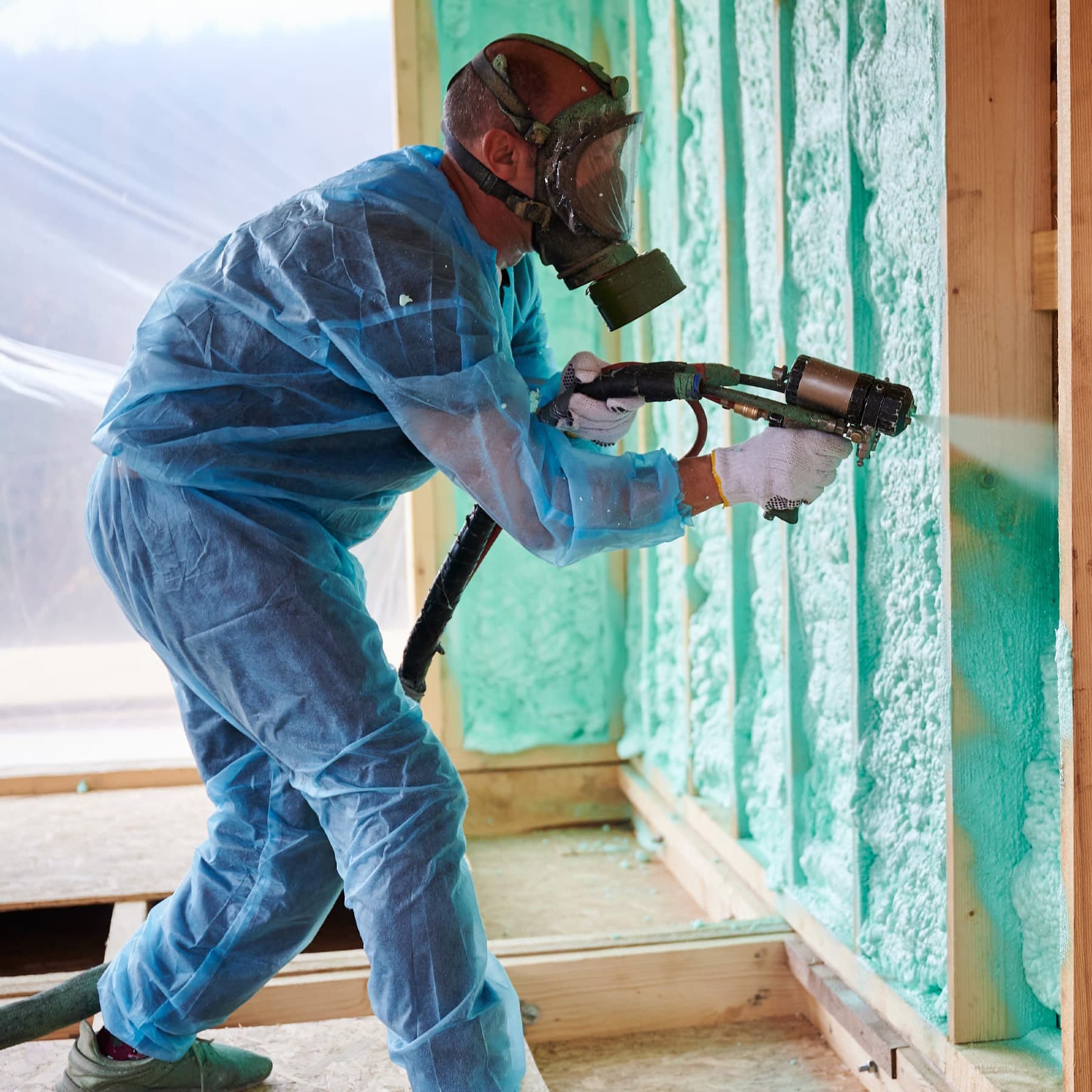Room Acoustics
Up close and Technical...
Sound waves
Sound waves are pressure variations in the air, compressing air molecules together at one point. This is called the ‘high pressure zone’. Post compression, an expansion of molecules occurs - the ‘low pressure zone’. This compressing and expanding process continues along the path of the sound wave until the energy becomes too weak to be audible.
Frequency and wavelength
The frequency of a sound wave indicates the rate of pressure variation or cycles. One full cycle is a change from high pressure, to low pressure, and back to high pressure. The number of these cycles completed in one second is called the Hertz (Hz). Therefore a tone of 1000Hz frequency has 1,000 cycles per second.
A sound’s wavelength is the physical distance from the start of one cycle to the start of the next. Wavelength is related to frequency by the speed of sound.
Sound velocity in air depends on atmospheric pressure and temperature. The velocity at 0°C is 332 metres per second, rising by 0.6 metres per second for each °C increase in temperature.
Loudness
The human ear responds to fluctuations in air pressure created by sound waves - the varying amount of air molecule pressure compressing and expanding is related to the apparent loudness arriving at the ear.
The greater the pressure change, the louder the sound. Our wide amplitude range of sound is often referred to in decibels.
Reflections
A sound wave can be reflected by a surface or object if that surface is physically as large, or larger, than the wavelength of the sound wave. Reflection is the source of echo, reverb, standing waves and diffusion.
Echo
Echoes occur when an indirect sound is delayed long enough (by a distant reflective surface) to be heard by the listener as a distinct repetition of the direct sound.
Reverberation
Reverberation occurs when many reflections of a sound maintain the overall sound in a room for a time even after the direct sound has stopped.
Refraction
When a sound wave bends as it passes through some change in the density of the transmission medium. This can be because of physical objects or caused by atmospheric gradients in wind or temperature.
Diffraction
A sound wave bends around obstacles in its way that are smaller than its wavelength. (Low frequency sound waves can around objects that high frequencies can’t).
Passive Absorption
When sound passes through an acoustically absorptive material such as sound insulation foam, sound waves must change directions numerous times before the sound penetrates the barrier. Each time direction changes, energy is absorbed and converted to heat. A wall (or reflective surface) behind the absorber will reflect sound back through the barrier again.
Direct or Ambient sound
Ambient sound in a room is at almost the same level throughout, as ambient sound has been reflected many times within the room until it is virtually non-directional.
If a microphone is placed beyond a certain distance from a sound source, ambient sound will begin to dominate a recording and the appropriate balance may not be achieved.
This is called critical distance and it becomes shorter as the ambient noise and reverberation increases.



